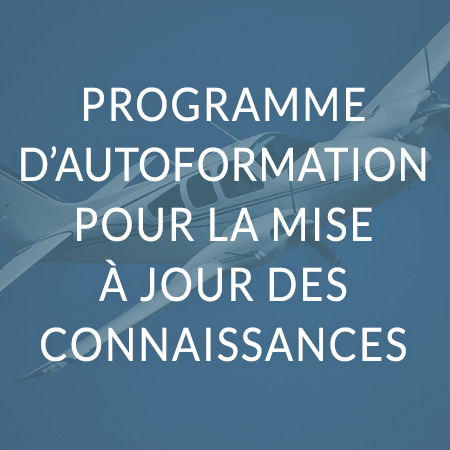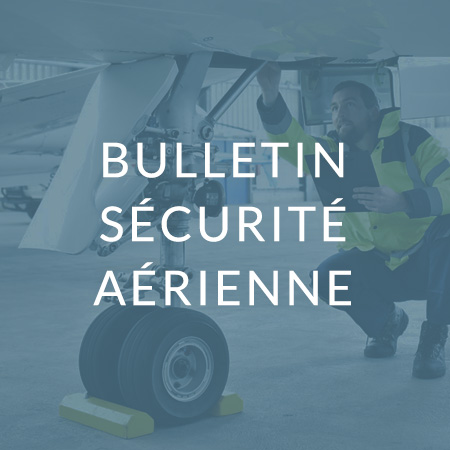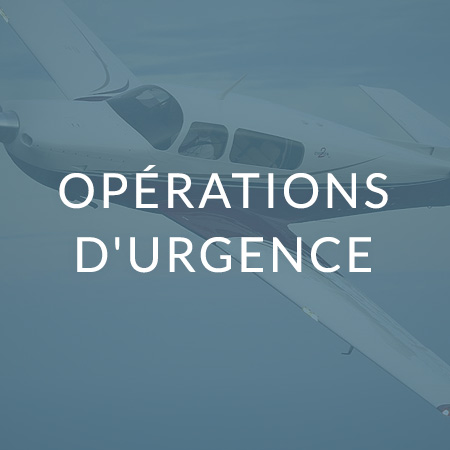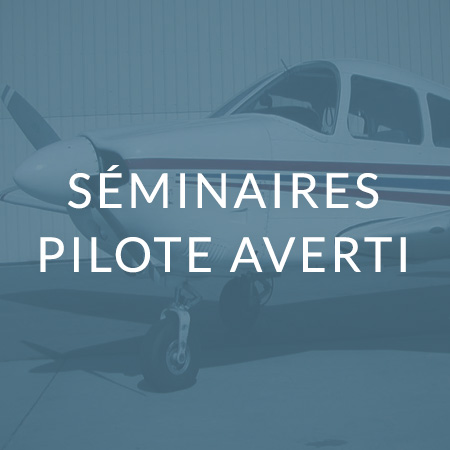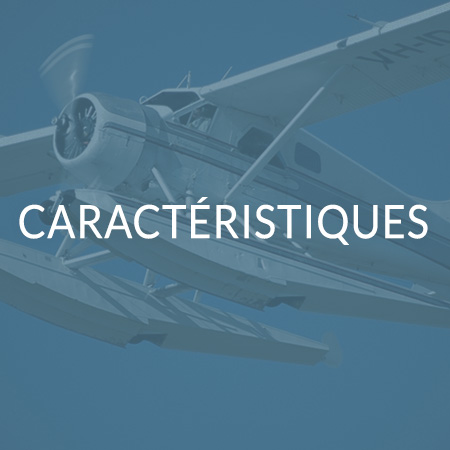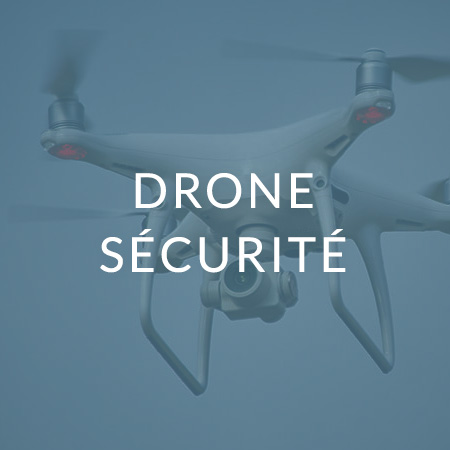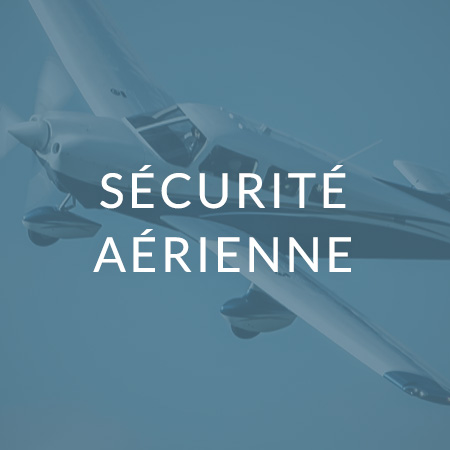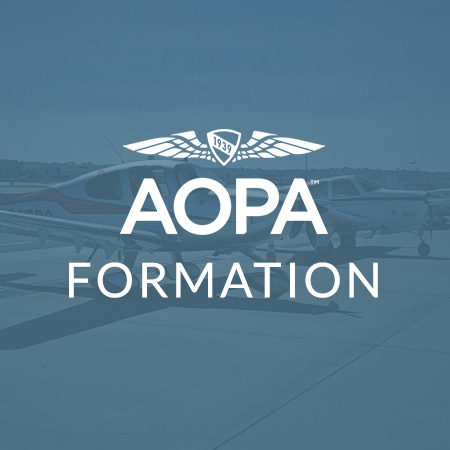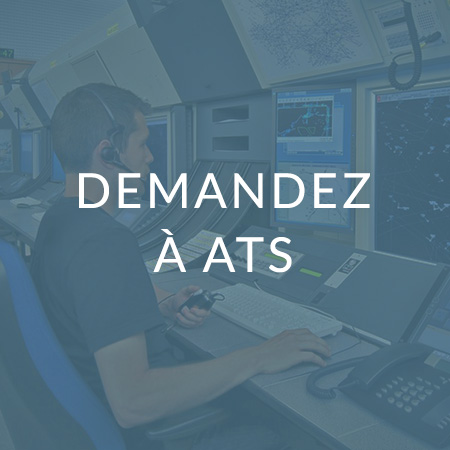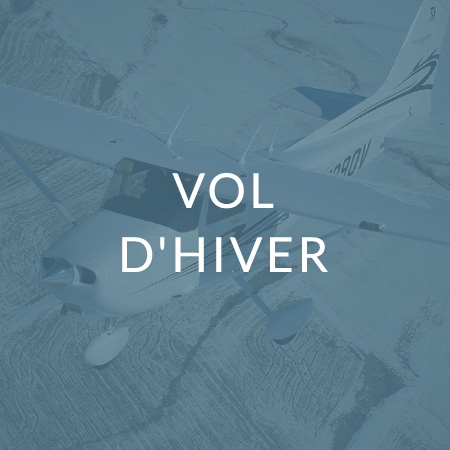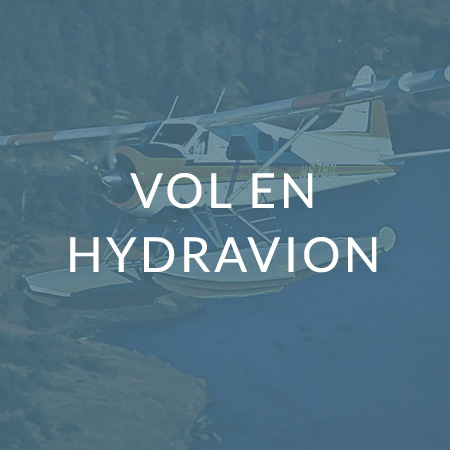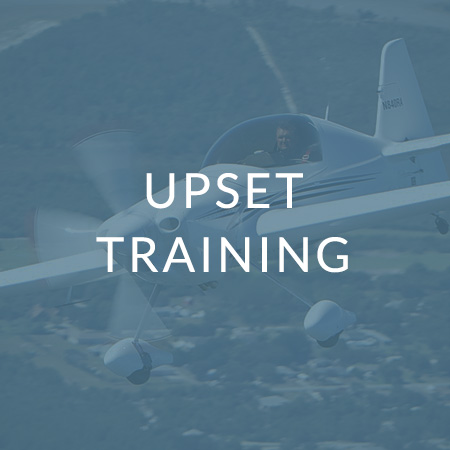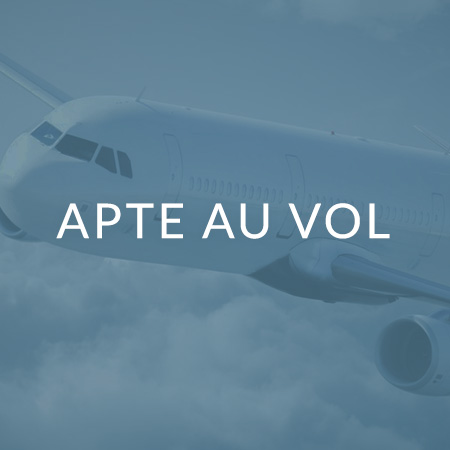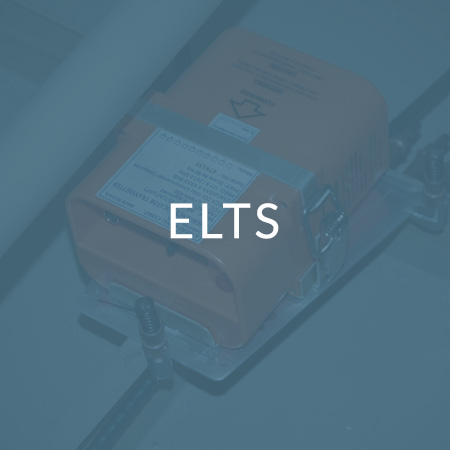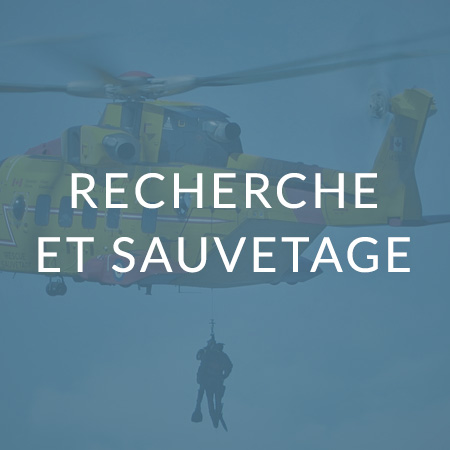Safety Issues
Safety Study on Post-Impact Fires Resulting from Small-Aircraft Accidents
For aircraft with a maximum certified take-off weight of 5700 kilograms (12 566 pounds) or less, post-impact fire (PIF) contributes significantly to injuries and fatalities in accidents that are otherwise potentially survivable.
The TSB mounted a major study into this critical safety concern and gathered the following information:
Results
In all 128 accidents in which PIF contributed to serious injuries or fatalities, the aircraft occupants were in close proximity to fire or smoke for some time following the impact. The investigation identified four conditions that were essential for this to occur.
- There was an ignition source in proximity to a combustible material, such as fuel.
- There was combustible material in close proximity to the occupants.
- Occupant egress was compromised.
- The fire was not suppressed in time to prevent fire-related injuries or fatalities.
The data collected and analysed indicate that there is a significant risk for PIF with fire-related injuries and fatalities in small-aircraft accidents. Furthermore, information examined shows that past attempts to change certification requirements have been unsuccessful, largely because of insufficient data, which resulted in cost-benefit analysis conclusions that negated the proposed safety action.
Conclusions
The defences to prevent PIF and to reduce fire-related injuries should fire occur in otherwise survivable accidents involving light aircraft can and should be improved. PIF presents a great risk to the occupants of small aircraft because of
- the high volatility of aviation fuel;
- the close proximity of fuel to occupants;
- the limited escape time;
- the limited energy-absorption characteristics of small-aircraft airframes in crash conditions;
- the high propensity for immobilizing injuries; and
- the inability of airport firefighters and emergency response personnel to suppress PIFs in sufficient time to prevent fire-related injuries and fatalities.
Volatile liquid fuel is the combustible material of greatest significance in PIF accidents. Considering the propensity for rapid propagation and the catastrophic consequences of fuel-fed PIF, the most effective defence against PIF is to prevent the fire from occurring at impact, either by containing fuel or preventing ignition, or both.
Engineering countermeasures in existing small aeroplanes, existing small helicopters, amateur-built aircraft, and basic and advanced ultralights would reduce the incidence of fire-related serious injuries and fatalities in otherwise survivable accidents, and could significantly increase the rate of occupant survival.





